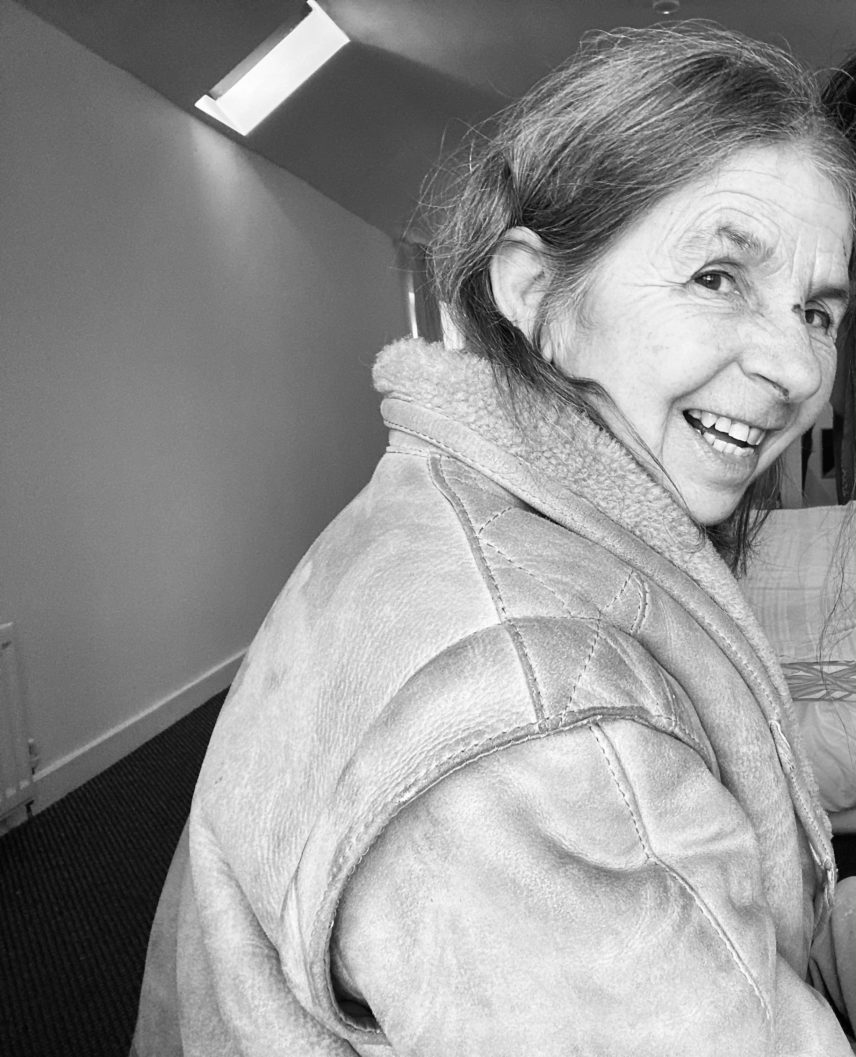Article begins
Amanda Gibbs is kind and funny. She loves nature: birdsong, animals, sunshine, country views, apple juice, green beans from the allotment, and going for long walks. Amanda also has a rare form of dementia: frontotemporal dementia (semantic variant). People with this type of dementia experience problems with memory, understanding, daily activities, movement, language, and may have difficultly managing their emotions and behavior. As J. Neil Henderson and John Traphagan show in their work on cultural constructs of dementia in Japan and among the Chahta Yakni (Choctaw Nation of Oklahoma), dementia symptoms are also categorized and the disease shaped by cultural values, experience, and interpretation. In the United Kingdom, dementia is typically diagnosed in people over 65. Amanda was diagnosed when she was in her mid-fifties.
Ten years after her initial diagnosis, Amanda lives with her husband of 38 years and eldest daughter Hannah Gibbs, and is reliant on their full-time care. Daily tasks can be confusing and take more time than they used to. The multigenerational aspect of care challenges individual and family transitions and involves reciprocating earlier forms of parental care. The depth of this transition is difficult to witness and experience. When talking about her to outsiders her family describe her as “now easily confused,” showing an acceptance of someone else’s version of Amanda, not her own. Amanda can no longer absorb what people say into her persona; how she appears to others has given her a new place in the world.
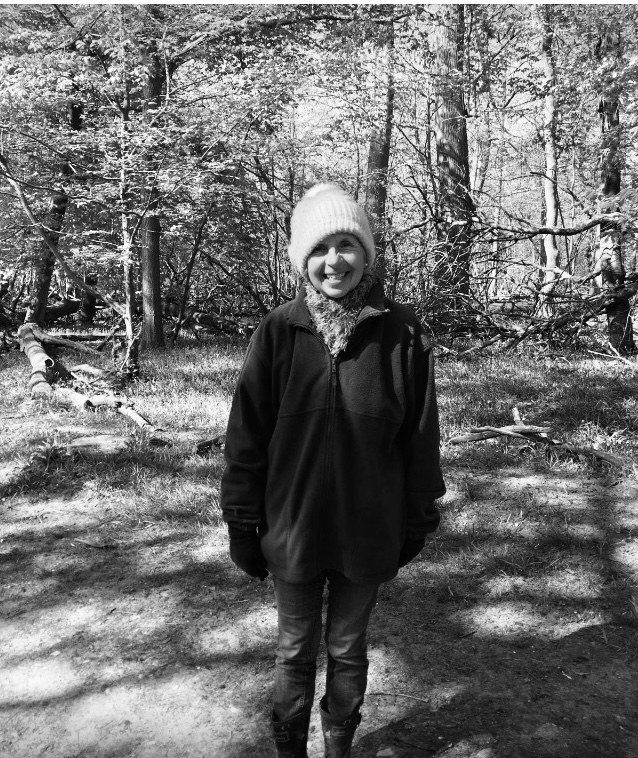
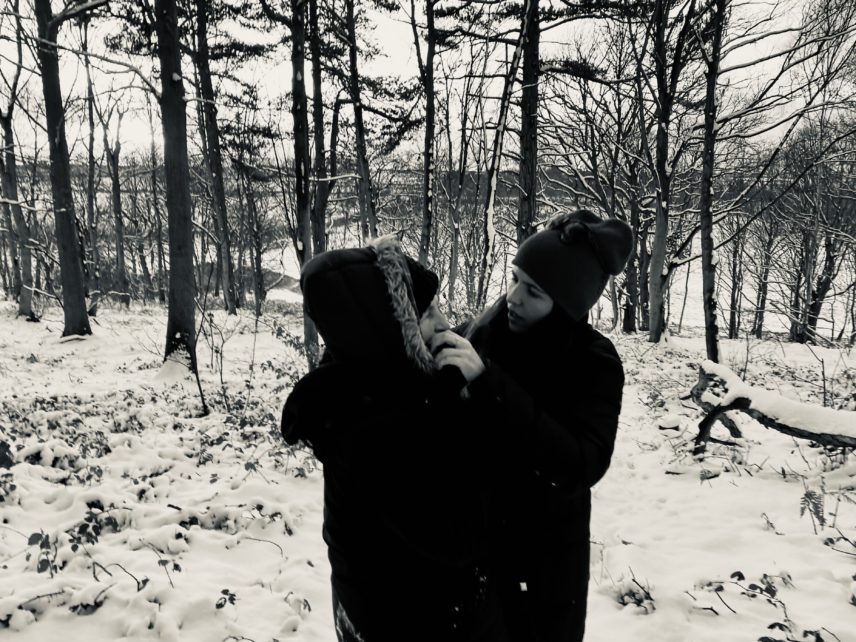
Caring for Amanda is challenging and stressful. She can feel anxious at not being able to remember things, follow conversations, or concentrate. During the last 12 months, COVID-19 restrictions in the United Kingdom have limited the number of people we have been able to be in contact with. Walks in the countryside surrounding our home have become a lifeline, providing a situation where Amanda is not confronted with her lack of understanding. Writing about Alzheimer’s disease, public health scientist Pia Kontos argues for dementia care practices that incorporate the body as “a fundamental source of selfhood.” Our walks embody this sort of person-centered care, in which the body is an agent for engaging with the world and provides encounters with new and different events. Communication is about what is physically seen, heard, and experienced. The birds high in the sky, the sheep bleating in the field, the thick and heavy drops of rain on your face.
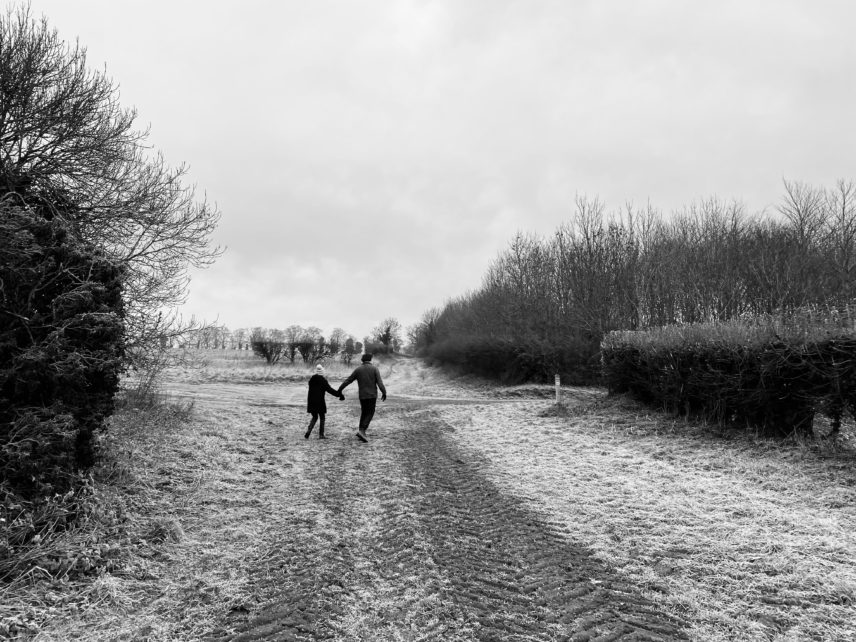
While Amanda is happier on walks, those accompanying her are presented with a more acute experience of loss. People with semantic dementia are trapped with a language that reaches no destination and that comes only from the place where they exist. Repetitive phrases maintain a sense of rhythm on walks, with Amanda greeting the people and animals we encounter with “You have a nice happy time!” In describing this person who becomes suddenly talkative, we express that “the ducks were greeted,” and omit the first person, as if Amanda’s voice acts independently. Witnessing each of these greetings and the responses by various members of the public is to explore diverse approaches to the act of care, from excitable waving children to enthusiastic adults to baffled faces, and brings different parties’ values of interactions with others on walks into focus. Photographs from the walks represent the outcome of our collective action—taking her hand on unstable ground to steady her, pointing out the animals and flowers she loves, and showing her new experiences she can enjoy. They become messages about the emotional and practical ways of caring, and powerful tools to motivate and shape the behavior of other friends and family invested in her care.
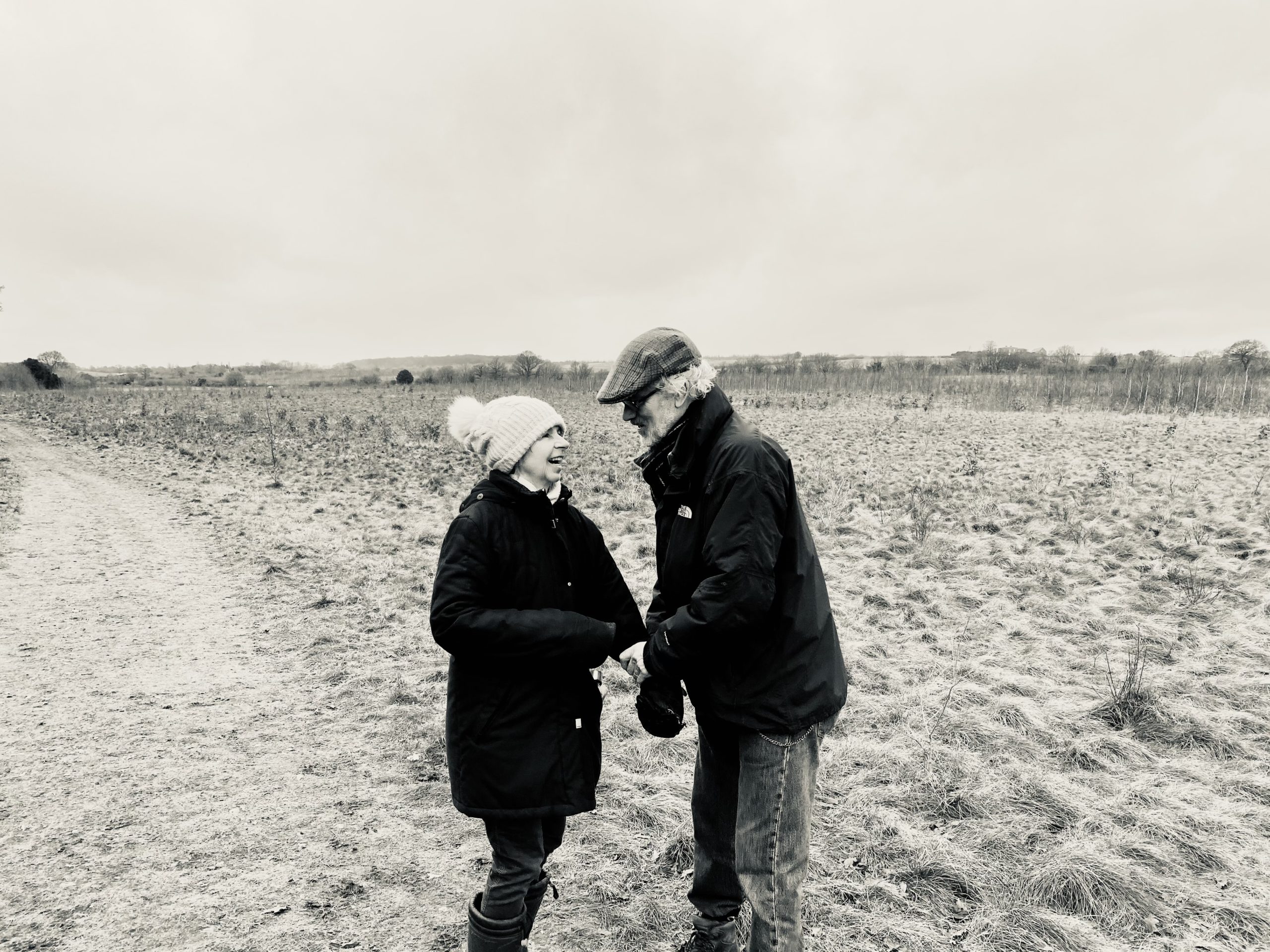
While care promotes and sustains life and care relations support the personhood of older adults, care in later life does not exclusively impact the lives of the old. Life is traversed by the continuous act of giving and receiving care, which as anthropologist Elana Buch describes, enables people to “negotiate the social significance of interdependence through daily care practices.” Caring becomes a social process closely entangled with the cultural politics of emotion, producing what science, technology, and society scholar Vincent Duclos and anthropologist Tomás Sánchez Criado call “ecologies of support,” which not only protect and inspire life, but demonstrate how anthropological enquiry negotiates unexpected spaces beyond the human. To care for a mother is to reflect on who provides life and an opportunity for self-care to mitigate one’s pain at the loss of a parent by protecting them through care. Dedicating oneself to providing daily and intimate care to a mother—your mother, (as a partner) your children’s mother—challenges expectations on the meaning, experience, and consequences of the source of life.
